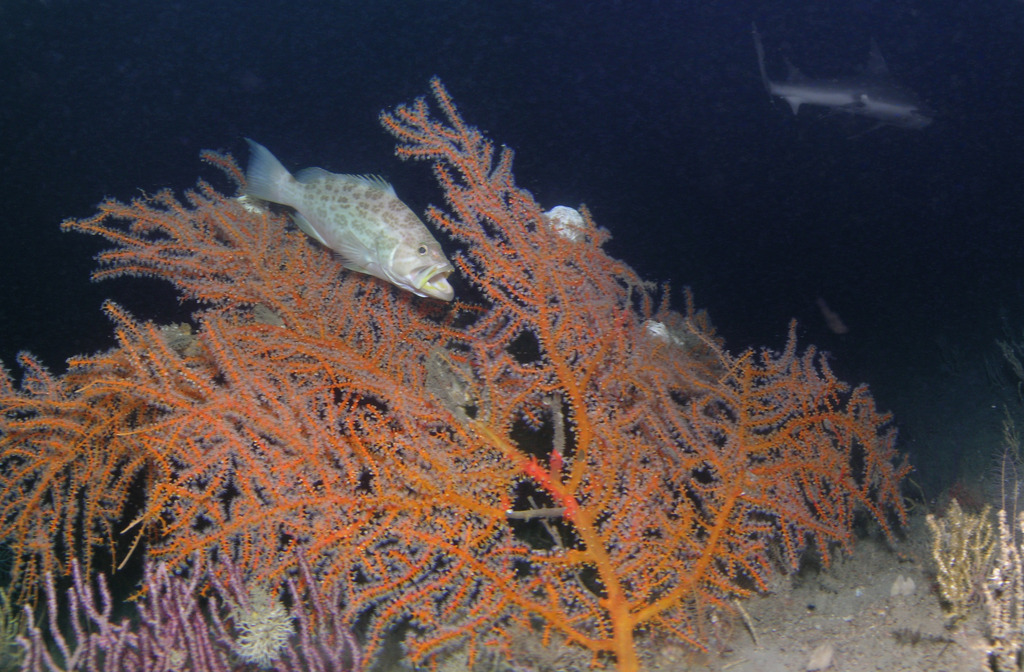Behind the science:
Coral injuries observed at Mesophotic Reefs after the Deepwater Hor...
“Coral injuries observed at Mesophotic Reefs after the Deepwater Horizon oil discharge”
What was the most challenging aspect of your study (can be anything from field, lab to analysis)?
The review process on this publication was very rigorous because our results demonstrate injuries to corals from the Deepwater Horizon oil spill over a potentially large area.
What was the most memorable moment in undertaking this study?
Realizing that the pathology we were seeing in these corals was very similar to what had been reported for corals at ~1500m depths over 150 km away.
What was your favorite research site in this study and why?
The Alabama Alps Reef site--because it is such a diverse setting and also because I had done work there about 15 years earlier as a young scientist and was able to use the earlier results as a baseline.
Other than your co-authors, with whom would you like to share credit for this work?
The research cruise was sponsored by the NOAA National Resource Damage Assessment program. Ken Sulak was the chief scientist. My graduate student Mauricio Silva did a huge amount of work and we were also helped by Peter Etnoyer, a coral scientist with NOAA. Mauricio Silva's PhD research has been supported in part by the Gulf of Mexico Research Initiative ECOsystem impacts of Oil & Gas Inputs to the Gulf consortium.
Any important lessons learned (through mistakes, experience or methodological advances)?
Our point survey technique is a robust and efficient method for ROV surveys of reef sites.
Can we expect any follow-up on this work?
Mauricio Silva is completing another paper modeling the extent of mesophotic coral habitat in the northern Gulf. I've chosen to provide photos that capture the diversity and beauty of this setting, rather that the extensive injury that we document in the actual paper. This is what we hope to preserve through this work and our continuing research.
Featured article:
|
|
Coral injuries observed at Mesophotic Reefs after the Deepwater Horizon oil discharge | article Silva M, Etnoyer PJ, MacDonald IR (2016) Deep Sea Res Part 2 Trop Stud Oceanogr 129:96-107 |
|
